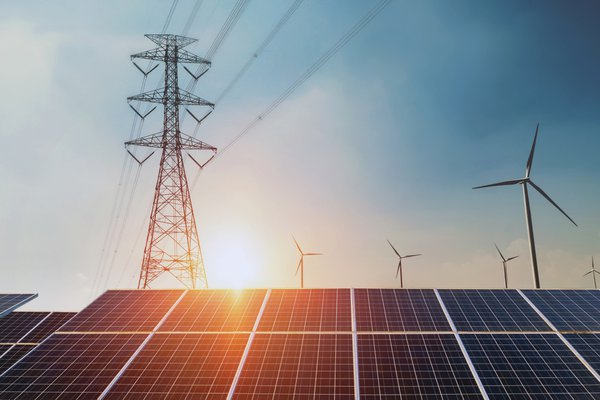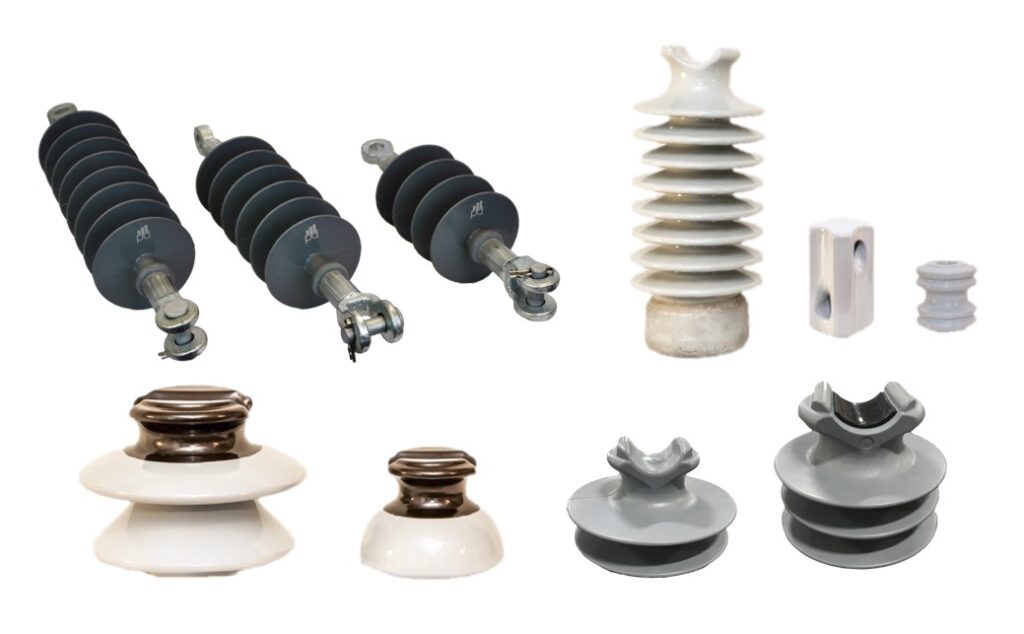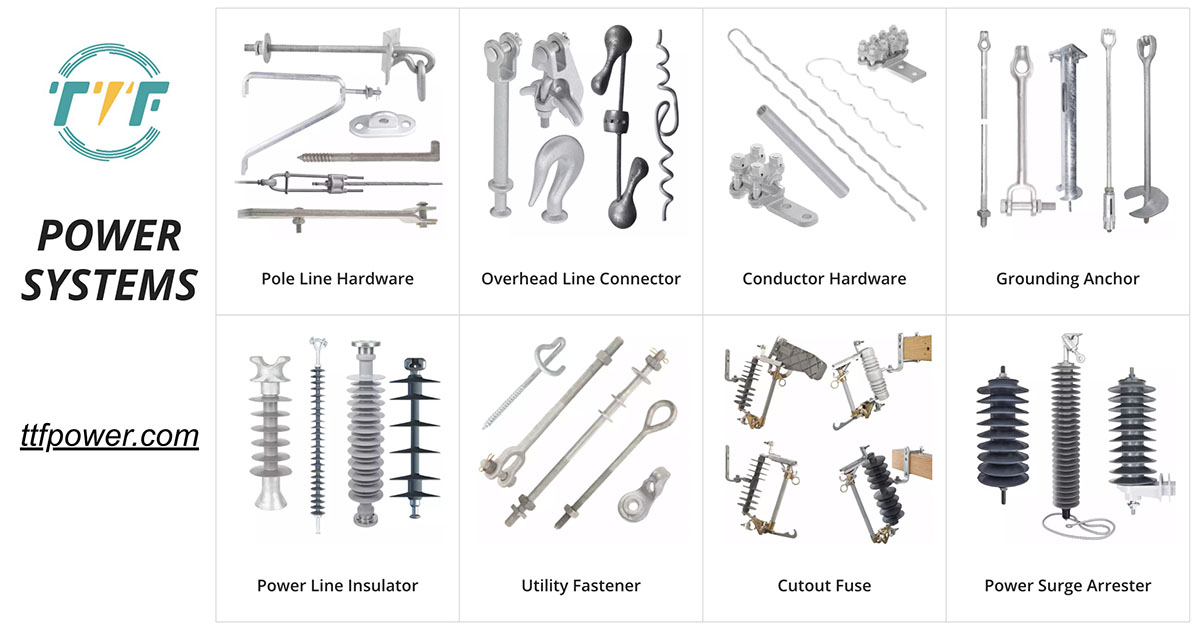
With the increase in green energy from renewable energy sources, South America will need the fast development of electricity infrastructure. Green energy provides sustainability, reduces pollution, enhances energy security, and leads to economic growth. South America is in a position to lead the global transition to green energy due to its abundant resources like solar, wind, and hydropower. Countries like Brazil, Chile, and Argentina have immense potential for renewable energy generation. This would need the development of new power infrastructure to support renewable energy. New power lines would also help to ensure a stable and reliable power supply. New power infrastructure would also help in creating cross-border energy trade in South American countries. This would allow them to share surplus renewable energy and balance supply and demand across borders. Use of a distribution insulator helps in protecting the infrastructure from electrical damages. This helps to ensure their durability.
A distribution insulator ensures the safe and reliable transmission of electricity across the region. The insulator provides electrical insulation between the energized conductors and the supporting structures. This also helps to prevent short circuits that can disrupt power supply and damage equipment. Distribution insulators are able to withstand high voltage stresses during lightning strikes. Additionally, the insulators hold the power conductors in place to ensure they are properly aligned and tensioned. By doing so, distribution insulators support the development of green energy and power line integration in South America. This article highlights the need for distribution insulators in green energy development and grid interconnection.
Relevance of a distribution insulator in green energy development and integration
A distribution insulator supports green energy development and power line integration. The insulator ensures the safe and efficient delivery of electricity across varied and challenging terrain. Distribution insulators are critical components in ensuring the stability and success of South America’s green energy projects. Use of high-quality insulators will support sustainable and reliable grid integration. The following are the contributions of distribution insulators in green energy and power line integration.

- Reducing energy losses – a distribution insulator provides strong dielectric strength to power lines. This helps to prevent energy leakage. The insulator also reduces the amount of power needed to compensate for energy losses.
- Adapting to smart grid technology – smart grid technologies manage the complexities of integrating renewables. A distribution insulator can support the integration of smart monitoring equipment that detects issues in real time. This helps to reduce downtime and enhance the grid’s ability to adapt to changing energy inputs from green sources.
- Reliability in high-voltage transmission—renewable energy sources like wind, solar, and hydropower generate high-voltage electricity. A distribution insulator prevents the flow of electricity from power lines to poles. This ensures the safe and stable electricity transmission.
- Supporting microgrids and decentralized renewable projects—most of the renewable projects in the region operate in isolated areas. A distribution insulator helps in connecting the projects to the main grid. This allows for flexibility in energy distribution.
Challenges in green energy integration with the electric grid in South America
Green energy integration with the national grid faces several challenges. These arise from the geography, economic constraints, infrastructure limitations, and technical complexities. Addressing these challenges will need international collaboration, supportive government policies, and strategic investments in modern infrastructure. TTF is a world-class global provider of high quality overhead line hardware, transmission hardware, distribution hardware, conductors, insulators, cutout switches, anchoring and grounding products. Discussed below are the challenges facing green energy integration in South America.

- Intermittent nature of renewable sources—green energy sources are variable, producing power depending on weather. This variability brings challenges in balancing supply and demand, the need for energy storage solutions, and the risk of overloading.
- Limited cross-border cooperation – South America has potential for regional energy integration. The weak interconnection between national grids limits the opportunity of sharing surplus renewable energy with other countries.
- Investment challenges—developing countries face challenges in securing funding for renewable energy and grid infrastructure. Transmission and grid upgrades, including new high-voltage lines and substations, are costly.
- Regulatory hurdles—coordinating renewable energy integration with grid upgrades requires strong regulatory frameworks. Different countries have different standards, regulations, and energy policies.
- Environmental considerations—transmission line expansions in sensitive ecosystems can lead to environmental degradation and biodiversity loss. This may be met with strong opposition from conservation groups and local communities.
